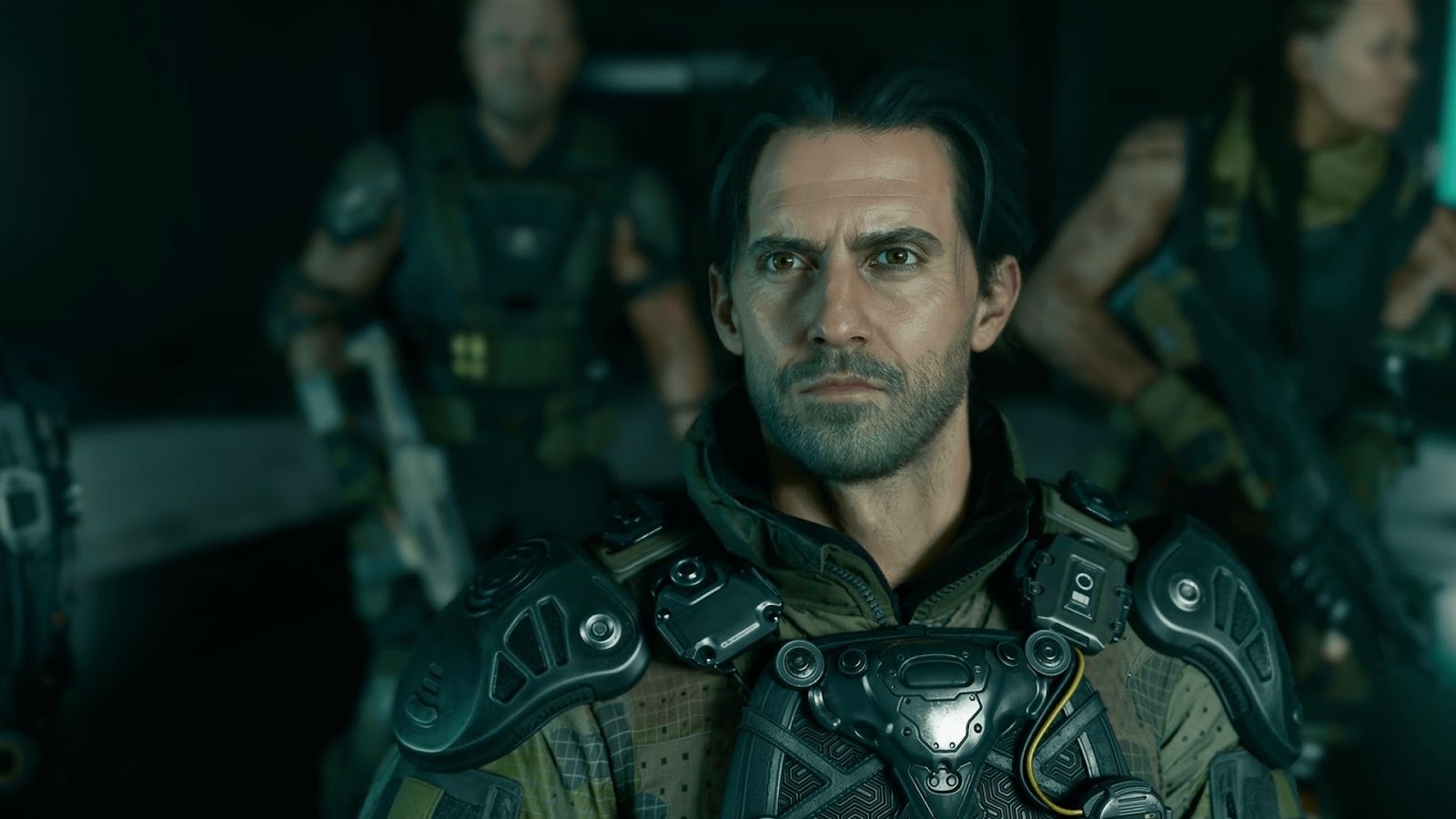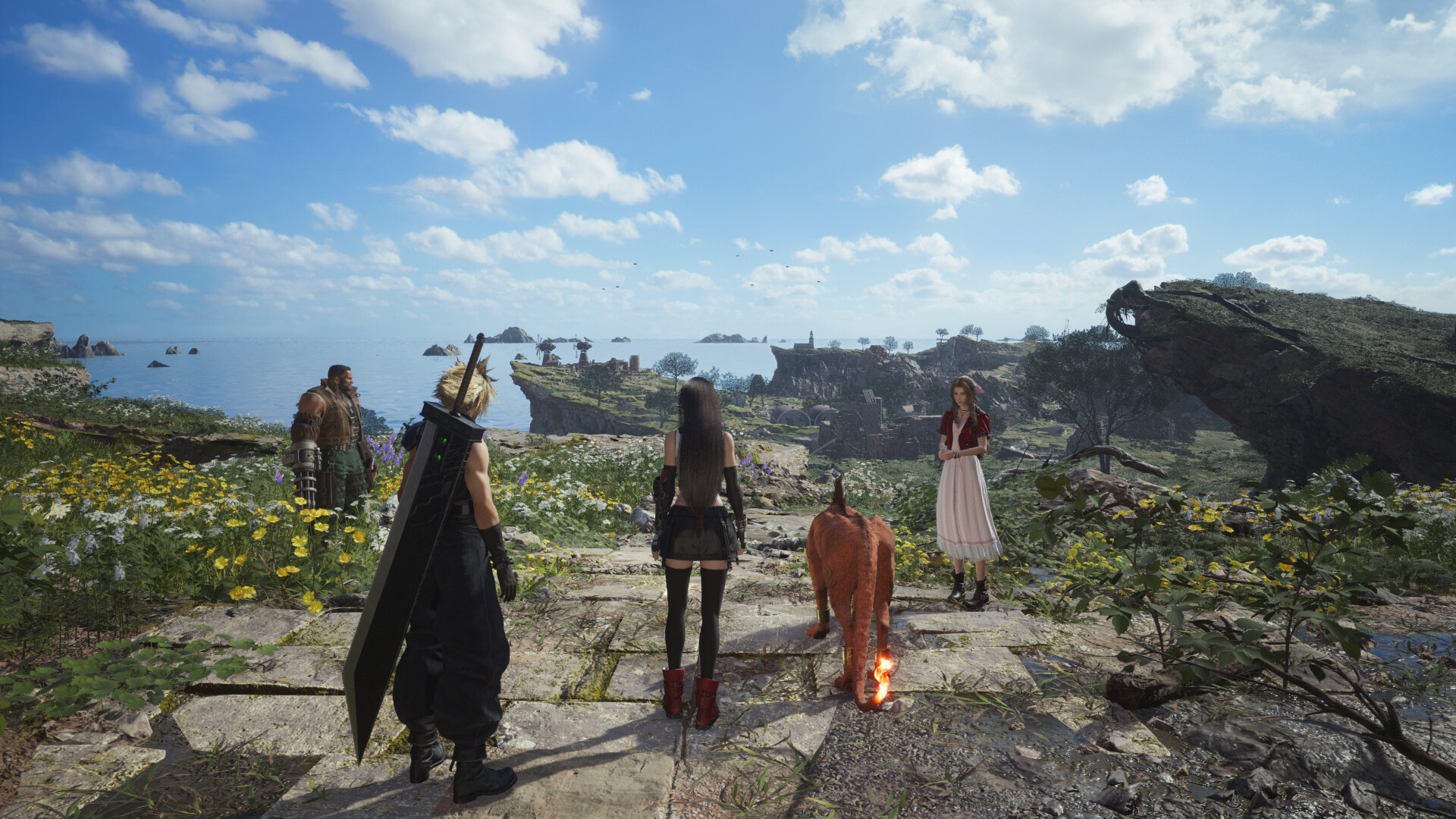You can trust VideoGamer. Our team of gaming experts spend hours testing and reviewing the latest games, to ensure you're reading the most comprehensive guide possible. Rest assured, all imagery and advice is unique and original. Check out how we test and review games here
Much has been made of Hitman 2016’s pricing and delivery model, which over a series of months have flip-flopped more than a Havaianas factory run by the cast of Geordie Shore. First it was slated for December 2015, with a full up front payment in exchange, initially, for an unknown number of maps; the rest would be coming later on when they were ready.
This went down about as well as could be expected, and soon IOI muddied the waters further by announcing in September it was delaying Hitman until March to “add more to the launch content of the game”, while also saying there would now be a reduced cost ‘Intro Pack’ with a handful of stages, as well as a paid-for Upgrade Pack containing the rest of the content. Or you could still pay for it all up front. Which again didn’t really seem to make much sense, and so it went episodic, leading most people to ask, politely and not-so-politely, just what was going on.
IOI is aware of all this. Speaking to the head of the studio, Hannes Seifert, he told me that “it [the changes] should be scrutinised, people should have strong opinions about it”, but that episodic was the way the studio was always planning to go, until it didn’t. “When we started, after Absolution, we decided this was the route that we wanted to go down.”
“This [changing models] caused some of the confusion that I’m personally really sorry for. I think we should have stuck to our guns longer, although it’s controversial, but now we’ve ended up on what absolutely feels right.”
Feeling right and being right are different things, of course, and it remains to be seen just how much damage has been done to the brand, or how much confidence has been lost in it by consumers. There will be plenty of lingering questions, but perhaps the most important one is whether each episode has enough content to warrant the £11.99 outlay.
The short answer, if the Paris map is representative of what is to come, is that there is. In terms of square footage, the playable area is huge, with courtyards and basements and piers and ostentatious lawns to stalk around or over before you even step foot inside. The building itself (and its four sprawling floors) is labyrinthine: hundreds of rooms filled with hundreds of people.
Stats alone don’t tell the whole story: the interplay of these gigantic stages, their inhabitants, and the opportunities these places offer for killing people do. Hitman 2016, more than any of the previous games, delights in suggesting tools, encounters, moments to despatch your targets. Poisoning drinks, imitating VIPs, firing headshots through small slits of glass from private rooms, killing the power to computer networks, tampering with evidence, collapsing gantries, posing as male models, eavesdropping in toilets or at bars, using fireworks detonators at inopportune moments: each has its pros and cons, and each is more intuitive and user-friendly than the sometimes fiddly and inconsistent equivalents found in previous titles.
The joy of Hitman old and new is putting these opportunities and tools together, tinkering with them, seeing which ones have optimal effect while leaving you unexposed. Hitman 2016’s Paris level is superb in this regard: a puzzler masquerading as an action game, a strategy title without the downtime. You’ll want to do better each time you play it.
/https://oimg.videogamer.com/images/85f2/hitman_feb_16111111.jpg)
When you’ve exhausted ways to kills Dalia Margolis and Viktor Novikov, the Paris level’s canon bad guys, there’s also escalation contracts to take on. These choose a certain NPC and give you conditions on how to kill them – weapons, disguises, etc are imposed and must be adhered to. These conditions get tougher – as the name suggests – with each successful hit, and they provide new twists on old routes and strategies. Bite-sized enough to be over quickly but involved enough to require planning, they’re superb additions.
As are the challenges, which like the contracts have made their way over from Absolution. These play up Hitman’s sadism, tasking you with killing certain people in certain ways, many of them gruesome and laced with shark’s-eye-black humour. There’s a compulsive appeal to these, ranging from killing targets with a gun to skewering them with a prop sword. Again, to get these you’ll need to adapt your favoured tactics and playstyles.
It all adds up, then, to something which, content-wise, is worth the buy-in (this first episode also includes the prologue, with the missions which comprise it playing out like mini but feature-complete hits). The question now is whether IOI can keep the quality high enough so there’s no drop-off between instalments. There’s also the question as to whether, given the track record of the firm, it can stick to regular releases, and ensure that the episodes are technically solid: at the moment the PS4’s framerate is low, and the PC version fell over on me about four times. If it can, then each map may well have enough in it to keep people interested for the next one, much the same as Blood Money’s classics – A New Life, Curtains Down, A House of Cards, You Better Watch Out – kept people playing for years. If not, then it’s deader than Vinnie Sinistra.
Hitman Episode One – The Showstopper
- Platform(s): PC, PlayStation 4, Xbox One
- Genre(s): Action, Stealth, Third Person







